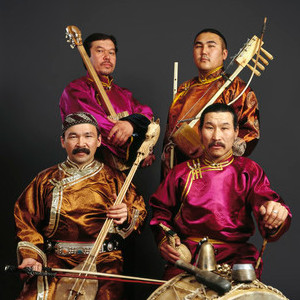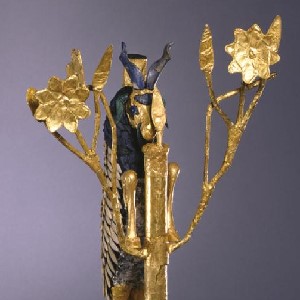Browse
Asia

Source
Shiva as the Lord of Dance
This manifestation of the Hindu god Shiva depicts the deity holding a small drum, which symbolizes the audible space that fills the universe, the sound of creative energy. Here, rhythm, drum, and music are manifestations of fundamental Hindu beliefs.

Source
Huun-Huur-Tu Throat Singers
Huun-Huur-Tu is a musical group from Tuva, which is situated along the Mongolia-Russia border, that is known for their traditional throat singing.

Source
Javanese Shadow Puppets
Music and dramatized storytelling are the tools of memory in places like the Indonesian island of Java. Here, a traditional Wayang, or Javanese, performance depicts Hindu epics or popular cultural legends through the use of leather puppets whose shadow is cast upon a thin fabric.
Review
Primary Source: Educating Global Citizens
Such sources are indeed a superb addition to one’s class; unquestionably the materials on the Primary Source site can help enhance any class.
Review
Digital Collections - Penn Museum
The digital collections of the Penn Museum are extensive and easily accessible through their online portal. Its written, visual, and audio sources invite many groups to explore world history by browsing its pieces.Review
Age of Revolutions
Two features are particularly valuable for students and teachers: the thematic bibliography section and the ‘Teaching Revolutions’ section.
Review
National Museum of China
In summation, the NMC site has a number of areas that will prove interesting to educators and most casual visitors, but overall, its main function is to provide information about the museum itself.
Review
Teaching East Asia Online Curriculum Projects
The lessons provided are insightful explorations of Japanese history that strike a balance between academic rigour, accessibility, and being able to draw student attention, making them a valuable addition to any world history teacher’s toolkit.
Review
A History of the World in 100 Objects
Overall A History of the World in 100 Objects is a great resource to teach world history through visual culture in an accessible and succinct format for both school and college-level classes.
Review